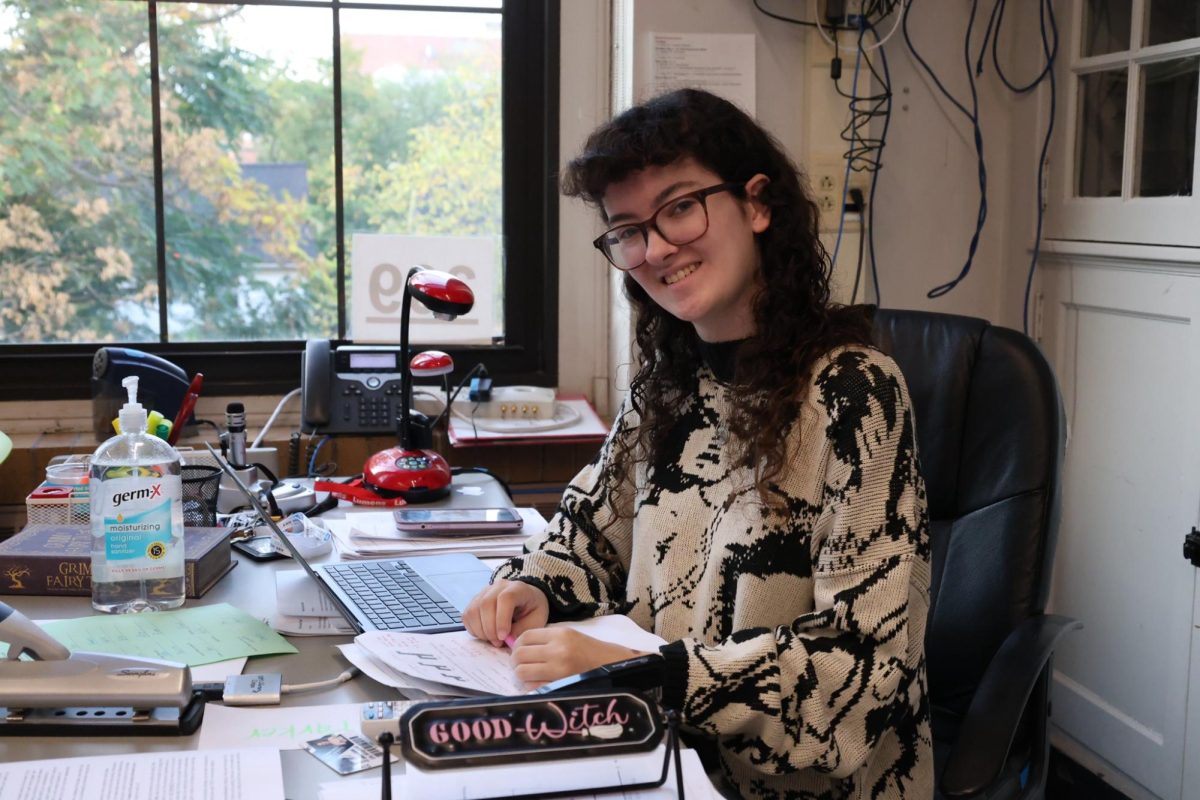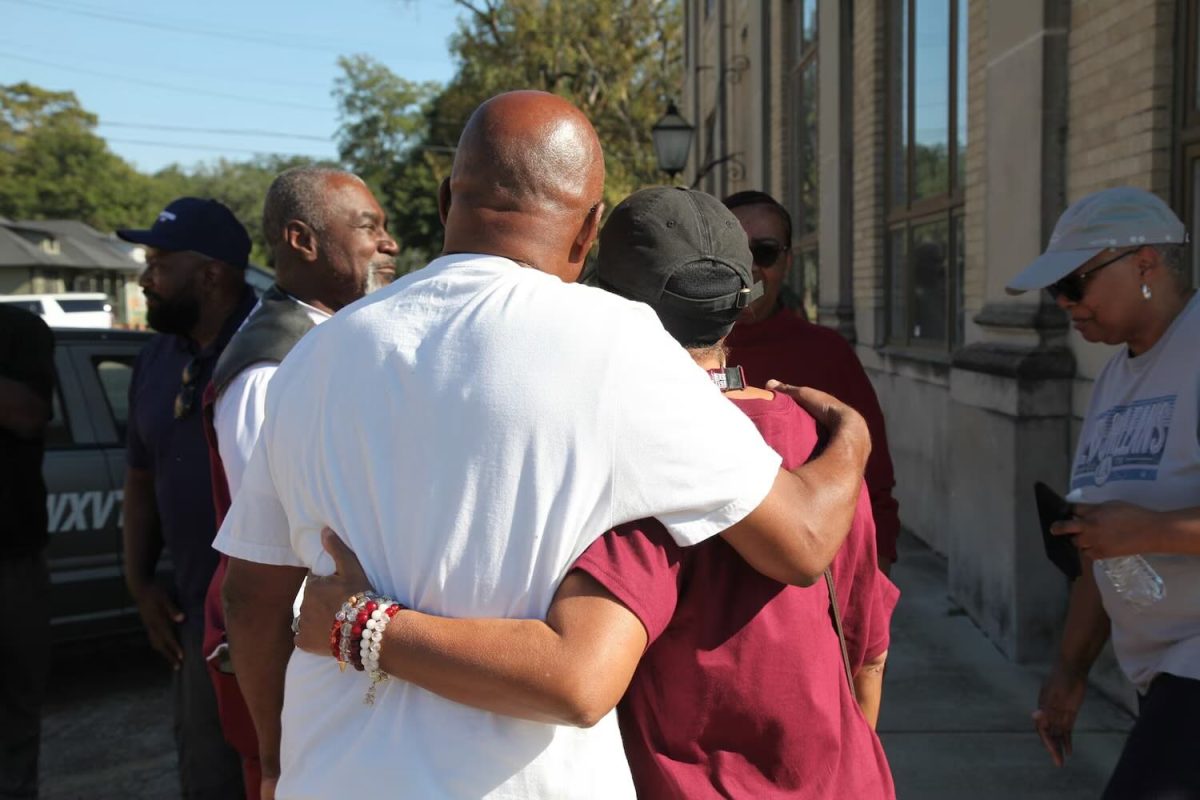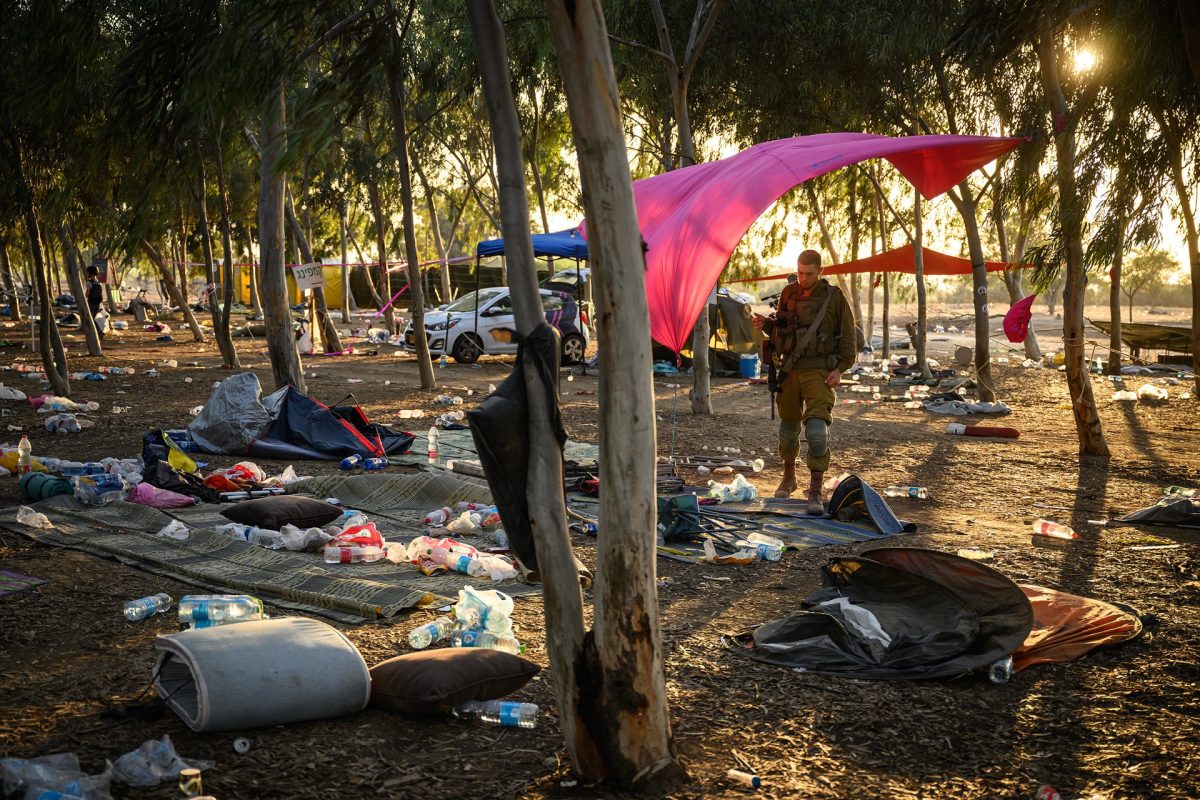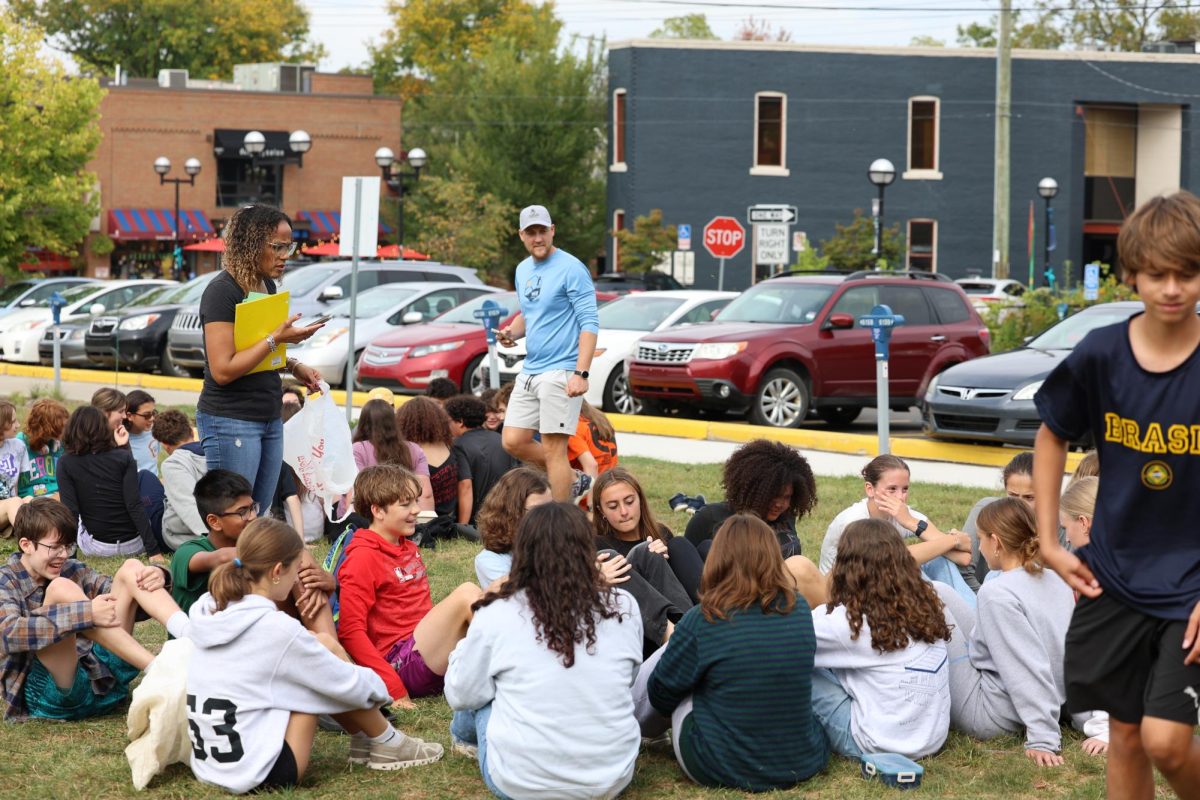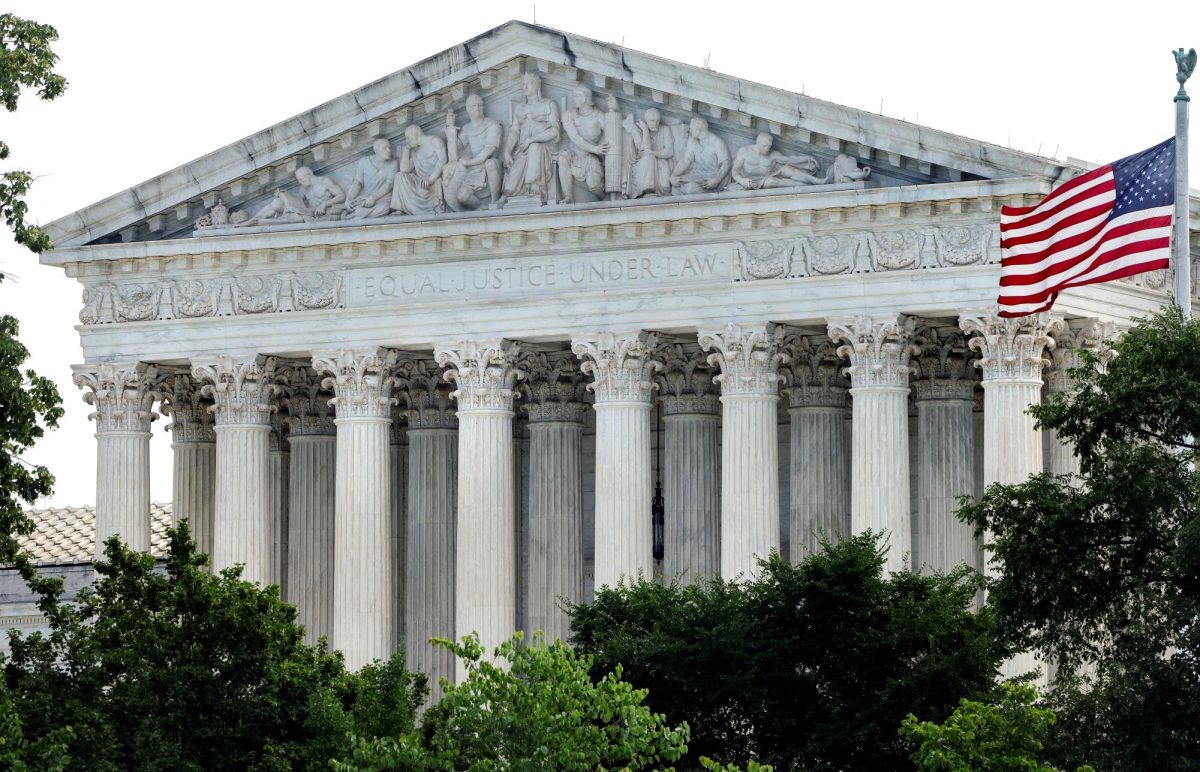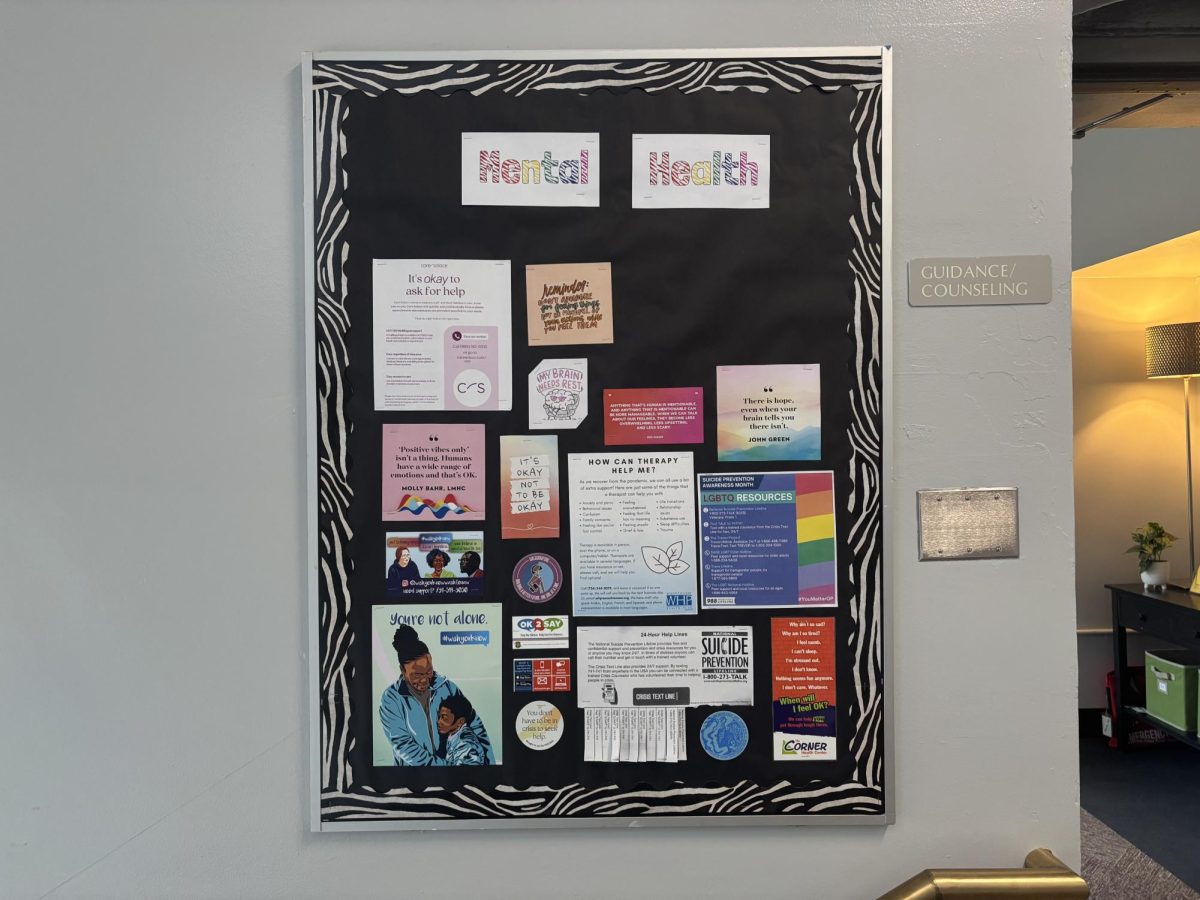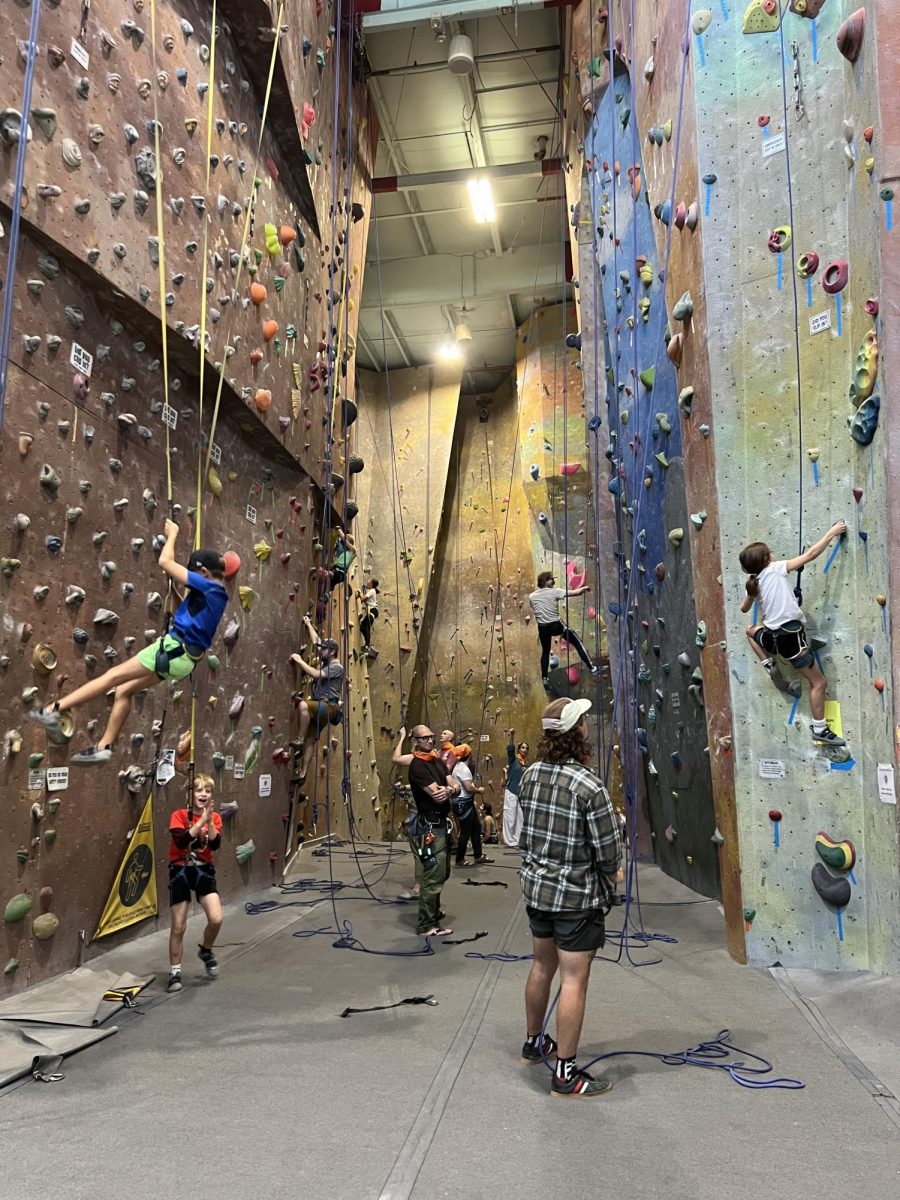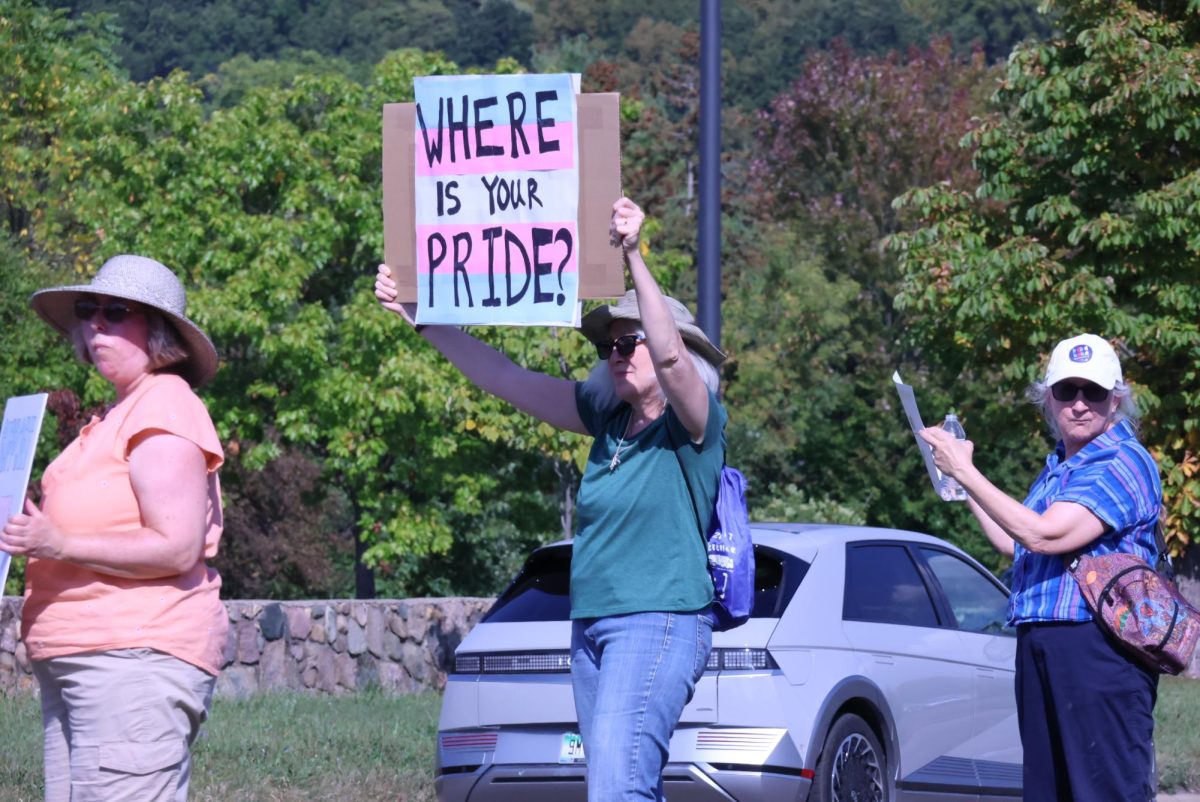
Extreme Makeover: Back Lawn Edition. When students came back to school this year they could see the beginnings of what will be a native rain garden and a larger basketball court on school grounds.
The rain garden will be located on the southwest corner of the lawn. Its purpose is two-fold: to beautify the grounds and to filter the run-off from the campus. “What a rain garden does is it catches the water that runs off the parking lot and also the field and prevents it from going into the storm drains and ultimately the Huron River by having plants that can live in drought situations and wet situations…Their roots soak up a lot of the water,” said science teacher Courtney Kiley, who worked with the Ecology Club on plans for the garden.
Improving the quality of run-off coming from Community is of increased importance because of the increase in size of the blacktop used as a basketball court. A larger area of impervious concrete means more dirty runoff that needs to be cleaned. The rain garden will counteract this extra pollution and reduce CHS’s impact on the local environment.
“[The goal was to] take our concrete slab and add to it to create a half basketball court,” said Dean Jen Hein. While the new part of the court is currently unusable because of the placement of the basketball hoop, Hein is hopeful that this problem will soon be remedied. “I did have a conversation with an administrator from buildings and grounds and… I’m going to have the basketball hoop moved to the end of the new court so that when kids go to dunk the ball they don’t run into the fence,” she said.Beyond simply creating the garden and basketball court, the project on the back lawn will require some further steps. Portions of the back lawn near the garden will be re-graded so that they drain into the garden rather than onto the sidewalks or parking lot. Furthermore there will be a series of small check dams to slow the water draining off the basketball court so that it doesn’t damage the rain garden.While students have been eagerly awaiting the expansion of the basketball court, the expanded blacktop has led to some unexpected advantages for students. “Whenever it’s nice out I eat there,” said CHS sophomore Isabel Sandweiss. “I really like it. It’s nice because when the grass is wet but it’s a nice day it’s nice to have a place to sit where you don’t get wet but you can still enjoy the weather.”
Because the basketball hoop has remained in its previous position those eating lunch on the new cement aren’t in the way of the game. “The basketballs don’t hit you because there is that side area,” said Sandweiss.
The planning for these improvements began last year when the Ecology Club worked with employees of the JJR Landscape Architecture firm to create a plan to make the campus grounds more environmentally friendly. Last spring, once these plans were completed, they were presented to the district for consideration. “We went to the school district and pitched our plans and basically they said that they would really like to implement some of those ideas overtime with the first step being putting in a rain garden out by the fence,” said Kiley.
Because the original plans presented changes for the entire campus it was not economically or practically feasible to implement them all at once. However, it is possible that other facets of the plan could become reality in the not so distant future. Once more detailed cost estimates were determined district administration approved the rain garden and basketball court expansion. “The district was inspired by what the Ecology Club had suggested so the district met with their architects and had the plans revised,” said Hein.
This summer, the district added additional space next to the existing basketball court and designated an area for the rain garden. The Ecology Club will continue the work on the rain garden with the hopes of having it completed before winter begins. “We need to have a proper mix of planting soil which is sand and potting soil and compost so that water can infiltrate through that soil…and some of the area needs to be re-graded so that it actually drains into the rain garden,” said Kiley.
The necessary re-grading took place during Forum Day. On Sunday, October 2nd, the Ecology club will begin planting the garden. Most of the plants for the garden will be purchased from a local native plant supplier, but others will come from the gardens of CHS families willing to divide their plants and give part to the new garden.
Once the planting is finished the garden will require little maintenance. This is one of the advantages to native plants that can survive in varied conditions from drought to flood without serious problems. “We’re going to have to figure out a system of watering every other day but basically rain gardens are good because in the spring they don’t need a lot of maintenance but we’d have to weed a little bit,” said Kiley.
This project will be funded by a combination of district bond money and donations from Community High’s neighbor Zingerman’s Delicatessen. Community is also able to do what Hein called “very minimal landscaping” with further funds allocated by the district. This will most likely involve dealing with the railroad tie steps near the northeast corner of the building that are breaking down. “We want to make sure that we keep the campus safe and that we don’t have soil erosion,” said Hein.
Because of the financial strain the district is currently under, money for further improvements proposed by the Ecology Club will most likely need to come from outside sources if they are to happen soon. “School districts don’t have the funds any longer to make that kind of financial commitment to the outside of a campus but first impressions do make a difference,” said Hein.
If the rain garden is a success the Ecology Club will be looking for further funding in the form of donations or grants to continue improving the look and the sustainability of Community High’s campus.
Hein recognizes the difficulty in procuring funding but is optimistic that improvements can and will be made. “This is going to be a project over time. We’re going to ask all part of our community to be involved: students, parents, staff, business owners, and other individuals in Ann Arbor who may be willing to work with us to develop our campus,” she said.




